|
Hi! I'm Ayaan Haque, a 20 y/o research scientist at Luma AI. I'm also a student at UC Berkeley studying EECS, where I'm advised by Angjoo Kanazawa. I'm currently interested in training generative models. Recently, I worked on Genie, Luma's text to 3D foundation model which can generate high-fidelty 3D objects in seconds. In the past, I've worked on self-supervised and unsupervised representation learning. I've previously interned at Samsung SDSA, and got my research career jumpstarted back in high school with Wang Group at Stanford. At Berkeley, I'm a part of Machine Learning @ Berkeley and the Nerfstudio team.In a past life, I was a builder and hacker (I'm a MLH Top-50 Hacker!), and now I'm exploring deep-tech startups. Other than that, I enjoy writing, watching/playing sports, eating out with friends, and just having a good time. My ongoing goal and dream:
Twitter / Email / Google Scholar / Github / LinkedIn |
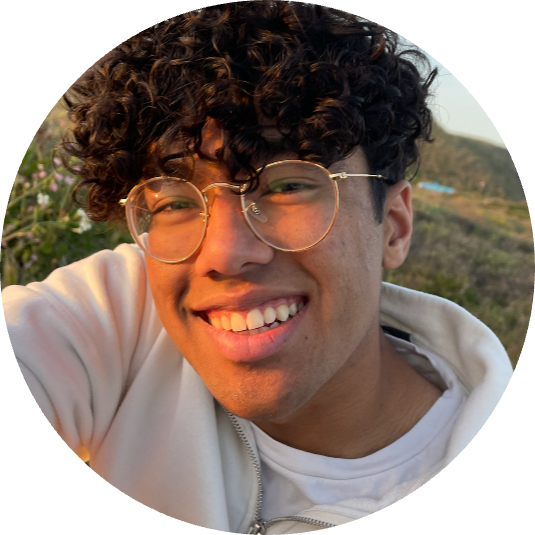
Learning about learning 💯
|
|
|
|
Since I've worked on a wide variety of topics (and am still exploring new topics), I've split my publications into currently relevant works and previous works. Only relevant works are listed below. For a full list (and chronological list) of my papers, visit my Google Scholar. |
|
|
Ayaan Haque, Matthew Tancik, Alexei A. Efros, Aleksander Holynski, Angjoo Kanazawa UC Berkeley ICCV, 2023 (Oral Presentation) Project Page / ArXiv / Oral / Code We propose a method for editing NeRF scenes with text-instructions. Given a NeRF of a scene and the collection of images used to reconstruct it, our method uses an image-conditioned diffusion model (InstructPix2Pix) to iteratively edit the input images while optimizing the underlying scene, resulting in an optimized 3D scene that respects the edit instruction. |
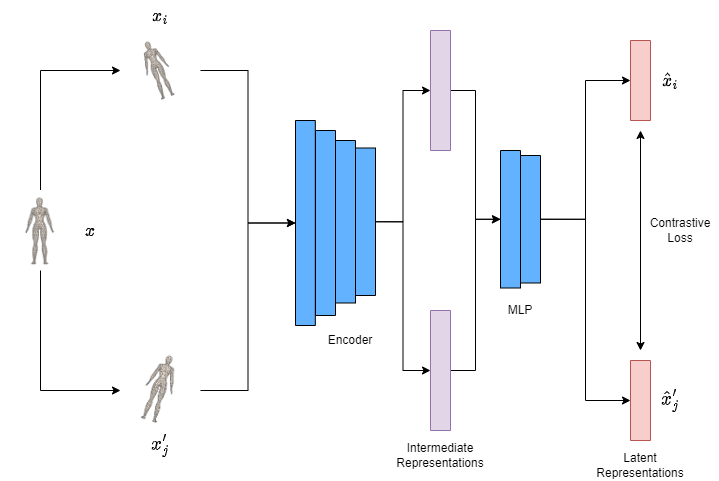
|
Ayaan Haque, Hankyu Moon, Heng Hao, Sima Didari, Jae Oh Woo, Patrick Bangert Samsung SDS Research America AAAI, 2023 ArXiv / Poster We introduce self-supervised MeshCNN, or SSL-MeshCNN, a novel mesh-specialized contrastive learning method to perform downstream segmentation with limited-labeled data. We create an augmentation policy tailored for meshes, enabling the network to learn efficient visual representations through contrastive pre-training. |

|
Ayaan Haque*1, Viraaj Reddi*1, Tyler Giallanza2 Saratoga High School1, Princeton University2 ICANN, 2021 Project Page / ArXiv / Teaser Video / Poster / Code / Blog We propose SDCNL to address the unexplored problem of classifying between depression and more severe suicidal tendencies using web-scraped data. Our method introduces a novel label correction method to remove inherent noise in web-scraped data using unsupervised learning combined with a deep-learning classifier based on pre-trained transformers. |

|
Ayaan Haque*1, Abdullah-Al-Zubaer Imran*2,3, Adam Wang2, Demetri Terzopoulos3,4 Saratoga High School1, Stanford University2, University of California, Los Angeles3, VoxelCloud Inc.4 IEEE ISBI, 2021 Project Page / ArXiv / Poster / Presentation / Code / Blog We introduce MultiMix, a joint semi-supervised classification and segmentation model employing a confidence-based augmentation strategy for semi-supervised classification along with a novel saliency bridge module that guides segmentation and provides explainability for the joint tasks. |
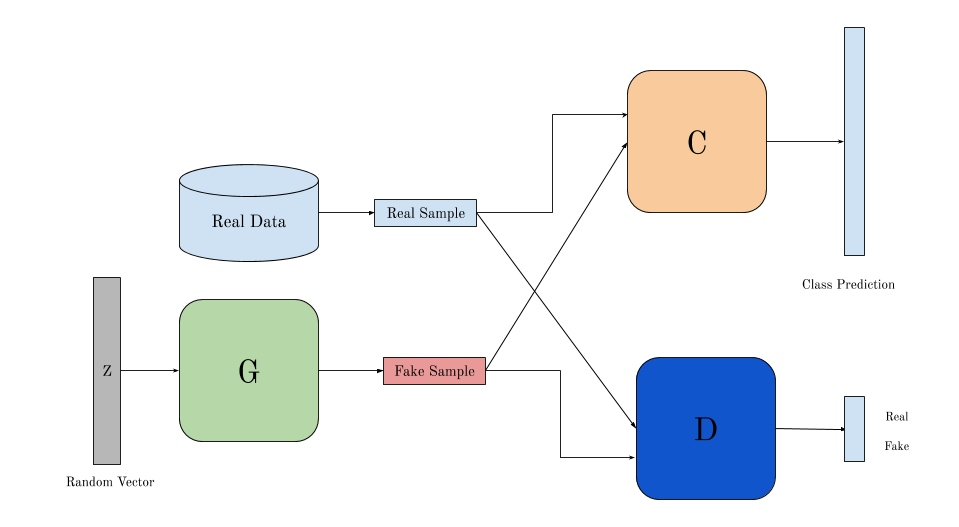
|
Ayaan Haque Saratoga High School AAAI, 2021 (Best Student Abstract Finalist, Oral Presentation) Project Page / ArXiv / Oral / Poster / Presentation / Code / Blog We propose EC-GAN, which combines a Generative Adversarial Network with a classifier to leverage artifical GAN generations to increase the size of restricted, fully-supervised datasets using semi-supervised algorithms. Mentored by Microsoft Postdoc and Princeton University PhD Jordan T. Ash. |
|
|

|
Ayaan Haque1, 2, Adam Wang2, Abdullah-Al-Zubaer Imran2 Saratoga High School1, Stanford University2 SPIE Medical Imaging (SPIE), 2022 Project Page / Paper / Presentation / Poster / Code We propose Noise2Quality (N2Q), a novel, self-supervised IQA model which predicts SSIM Image Quality maps from low-dose CT. We propose a self-supervised regularization task of dose-level estimation creating a multi-tasking framework to improve performance. |

|
Ayaan Haque1, 2, Adam Wang2, Abdullah-Al-Zubaer Imran2 Saratoga High School1, Stanford University2 MICCAI MLMI, 2021 Project Page / ArXiv / Poster / Code / Blog We introduce SSWL-IDN, a novel self-supervised CT denoising window-level prediction surrogate task. Our method is task-relevant and related to the downstream task, yielding improved performance over recent methods. |

|
Ayaan Haque1, 2, Abdullah-Al-Zubaer Imran2,3, Adam Wang2, Demetri Terzopoulos3,4 Saratoga High School1, Stanford University2, University of California, Los Angeles3, VoxelCloud Inc.4 MELBA, 2021 Project Page / Journal Page / Paper / Code We expand upon MultiMix (in ISBI 2021). Our extended manuscript contains a detailed explanation of the methods, saliency map visualizations from multiple datasets, and quantitative (performance metrics tables) and qualitative (mask predictions, Bland Altman plots, ROC curves, consistency plots). |
|
|

|
Palo Alto, CA May 2023 - Present
|

|
Kanazawa AI Lab (KAIR), Berkeley, CA Dec 2022 - Present
|

|
AI Research Group, San Jose, CA June 2022 - September 2022
|

|
Wang Group in RSL, Stanford, CA July 2020 - June 2022
|

|
Internal SWE Team, Menlo Park, CA August 2020 - December 2020
|
|
Outside of research, I enjoy building practical applications in both competitive and casual formats. |
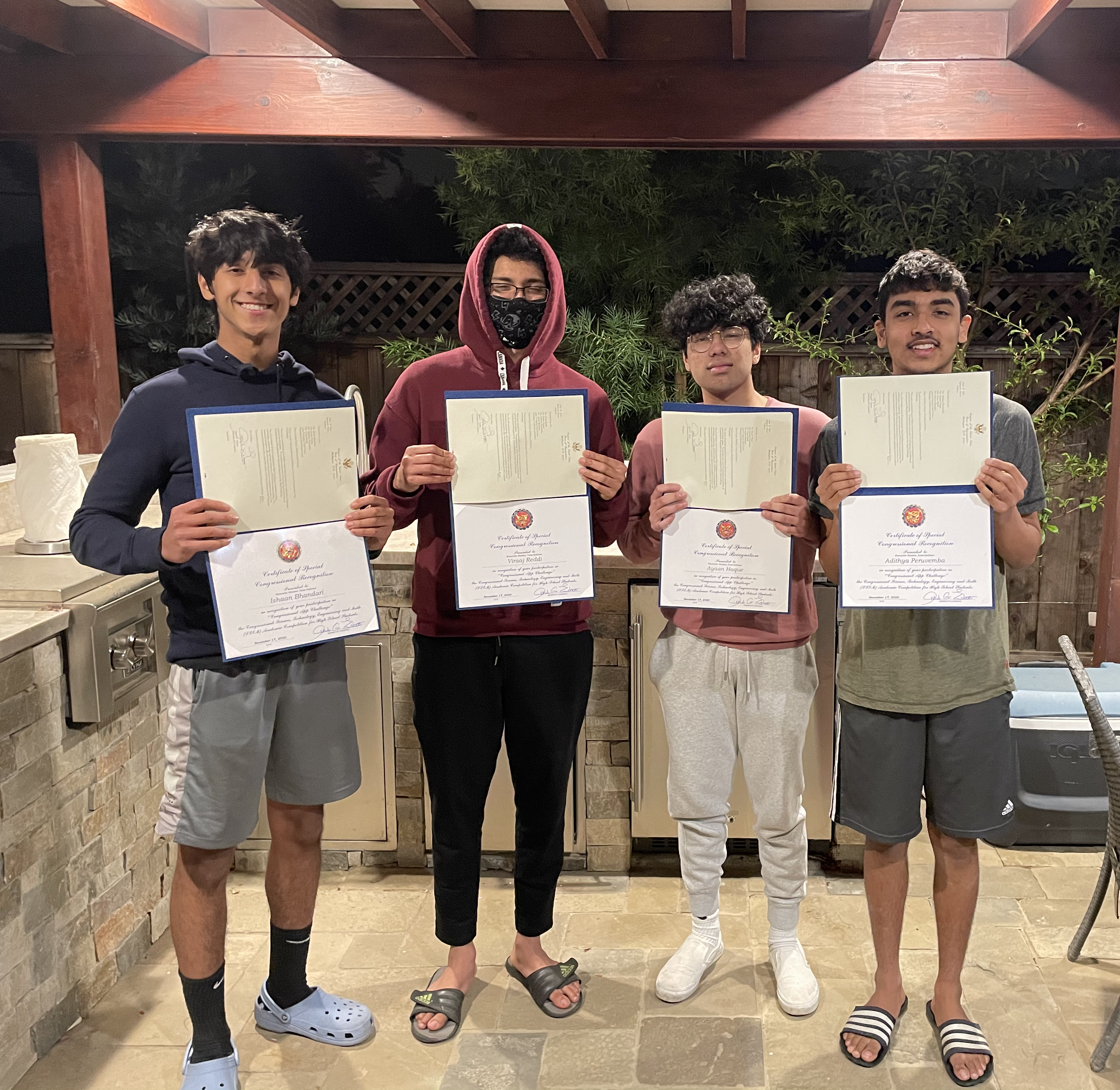
|
Team Captain May 2019 - June 2022
|
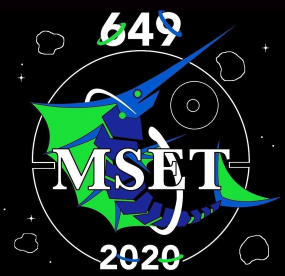
|
Software Team August 2018 - April 2021
|
|
I've just listed a few of my favorite projects, and the remaining are available on my Github. On Github, I have 500+ commits and ~300 stars across all my repositories. Check out this cool commit graph, and check this out for my Github stats. |

|
A collaboration friendly studio for NeRFs Jan 2023 - Present Website / Github Contribute (in small parts) to large-scale open-source project. Helped implement research methods (Instruct-NeRF2NeRF, CLIP-based NeRF) into main repository. Stack: Python, PyTorch |

|
Using Artificial Intelligence to distinguish between suicidal and depressive messages June 2020 - Dec 2020 Website / Demo / Github / Devpost / Medium Article / Research Paper (SDCNL) SuiSense is a progressive web application that uses Artificial Intelligence (AI) and Natural Language Processing (NLP) to distinguish between depressive and suicidal phrases and help concerned friends and family determine whether their struggling loved one is on the path to suicide. SuiSense uses an implementation of SDCNL. 🏆 4th Place Congressional App Challenge 2020 🏆 2nd Place @ GeomHacks 2020 🏆 HM @ MLH Summer League SHDH 2020 Stack: Python, HTML, CSS, JavaScript, Tensorflow, PyTorch, BERT, Flask, PythonAnywhere, Pandas, Sci-Kit Learn |

|
CAD Files and Implementation Drishti's Retinal Camera System Prototype June 2021 - Sep 2021 Github (CAD Files) / Assembly Guide / Instructional Guide / Documentation / Technical Blog / Drishti Website This mobile, on-the-go system is designed for clinics in Bangladesh to screen patients for Diabetic Retinopathy (DR) using a smartphone camera with a retinal attachment. The purpose of this rig is to allow precise positioning of the smartphone to any patient's left and right eye such that the images can be efficiently fed into Drishti's AI algorithms for DR diagnosis. The system is completely adjustable for all head sizes. It is made of readily available components that can be purchased at many local hardware stores, and is designed for low-cost fabrication. All assembly tools are common household tools or easily purchasable/rentable from a local hardware store. The 3D-printed components can be printed on low-end machines and with cheap PLA filament. We designed this system to be completely collapsable, such that it can fit into a standard size backpack. Stack: SolidWorks, Hardware Materials |

|
Streamlined prescription analysis for visually impaired patients (Available on the App Store) September 2019 - June 2020 Website / App Store / Demo / Github / Slides / Devpost Tickbird is an advanced Swift mobile app based on the TesseractOCR neural network framework allowing visually impaired patients to aurally understand their prescriptions or the labels on their pill bottles in order to gain independence and avoid the prospect of lethal miscommunication regarding necessary medicines from their doctors. Moreover, the app's smart profiling feature not only finds the nearest pharmacy containing the user's prescription, but it also uses AI/ML algorithms to detect and set notifications for the times the user has to take or refill their medicine. 🏆 2x Award Winner @ OmniHacks 2019 🏆 App Store April 2020, 1000+ Impresions Stack: Swift, Xcode, IOS, Firebase, TesseractOCR, Ruby |
|
I write on Medium (semi-regularly) to share my thoughts with the world. Here are a few of my favorite medium articles that I have written. |

|
No Publication, will not profit off this story October 6th, 2021 A response to an article discussing our purpose in this world combined with a discussion of my own purpose This article is a reponse to my friend's article, where he discusses critiques of our Saratoga society. In my article, I respond to his ideas and then share my own story of finding my purpose in life. |

|
Better Programming August 28th, 2020 Coding, winning prizes, and proving ourselves Authored by Ayaan Haque, Adithya Peruvemba, Viraaj Reddi, Sajiv Shah, and Ishaan Bhandari This article travels through the journey of my team, Haleakala Hacksquad, and how we became great hackers. |
|
Website template from Jon Barron |
